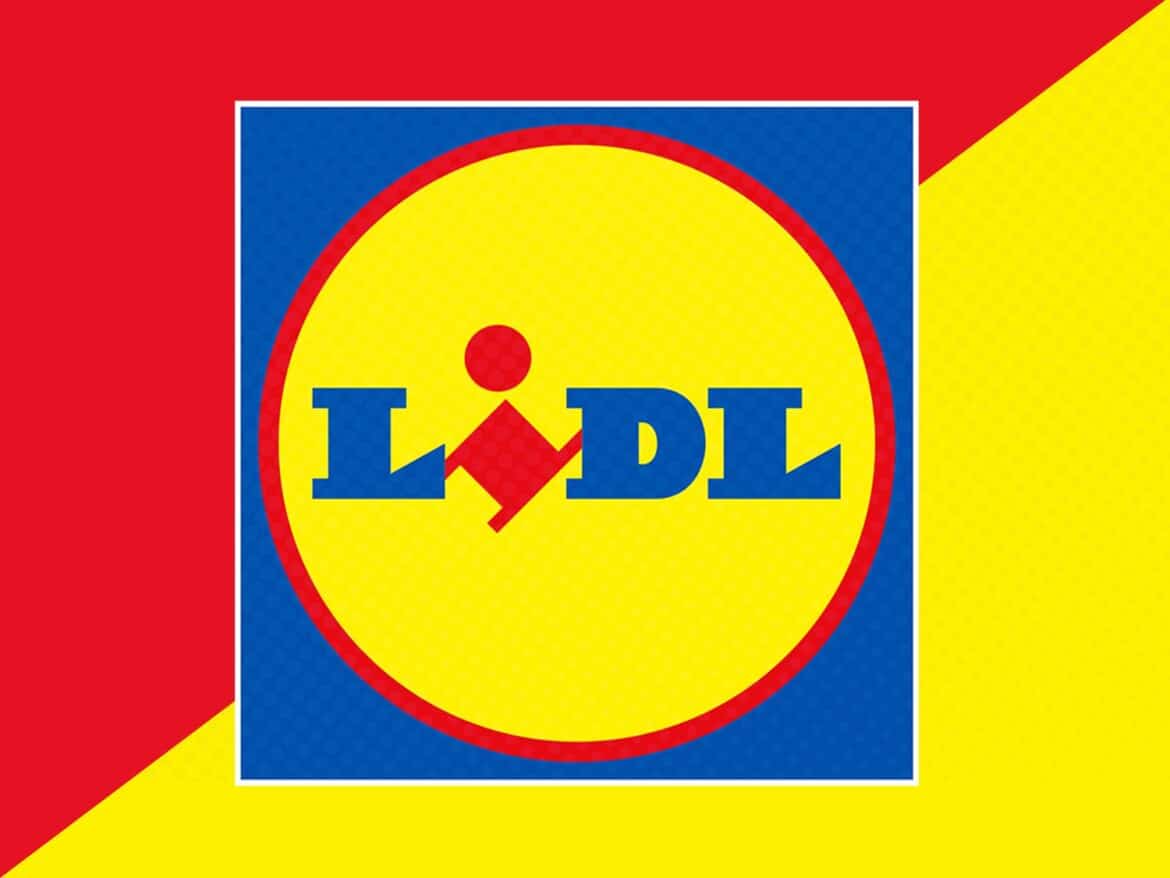200
In its more than 150-year history, Lidl has not changed its logo very often. We show the development from a tropical fruit shop in Heilbronn to Europe’s highest-grossing discounter in pictures.
The beginnings: From tropical fruit dealer to retail giant
Lidl’s success story actually began in Heilbronn in 1858 as a “spice and tropical fruit store” under the name A. Lidl & Cie, founded by a merchant named Aloys Paulweber.
- In 1930, Josef Schwarz joined the business, which had since been renamed Südfrüchte-Großhandlung Lidl & Co (Lidl & Co Tropical Fruit Wholesalers), and founded Lidl & Schwarz KG as a food wholesaler based in Neckarsulm, where Lidl’s international headquarters are still located today.
- The first Lidl store opened in Ludwigshafen-Mundenheim in 1973. Since then, the now familiar logo has adorned all stores. We show which logos have marked Lidl’s more than 150-year history in a photo gallery.
The creation of the Lidl logo
Lidl’s first logo was created in the early 1970s, shortly before the opening of the first store. The design was deliberately kept simple in order to create a clear, modern, and easily recognizable brand image.
- The name “Lidl” was taken from former teacher Ludwig Lidl – a simple, short, and concise name that was easy to pronounce in different languages. This decision was crucial for the brand’s later international orientation.
- The original logo already featured the blue background, yellow area, and red circle with the distinctive blue lettering—a design that has largely been retained to this day. Minor adjustments were made over time only to modernize the font and optimize the logo for use in digital media.
Development since the 1970s
Since its introduction in 1973, the Lidl logo has undergone only minimal changes.
- 1980s: Slight adjustment of proportions and colors to make the logo appear bolder and more modern.
- 1990s: Standardization of the font and clearer lines to match the company’s expansion across Europe.
- 2008–2015: Digital adjustments – the logo became flatter and the colors slightly richer to look better on screens.
- Today: The logo remains unchanged as a symbol of reliability, price awareness, and clear brand identity.

